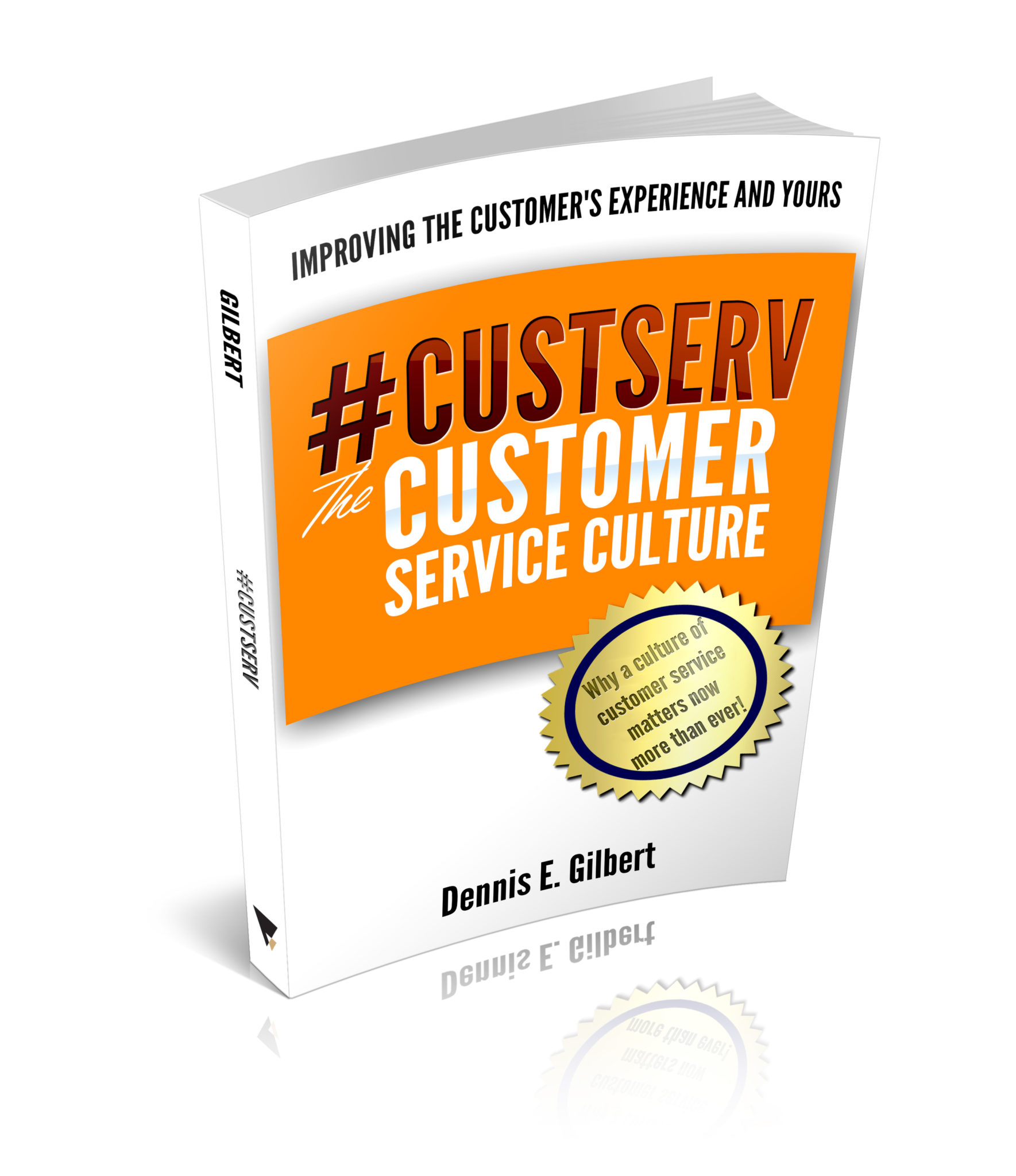
Punished Customer, Do You Feel Like One?
Have you ever felt like you are being punished? Being a punished customer seems to be more prevalent than ever. Are you punishing your customers?
What is a punished customer?
A punished customer is a customer who is forced to accept something less in terms of service or quality while the business offering those products or services are finding it much more convenient for their bottom line.
Some examples may include, auto-attendant telephone systems, reduced operational hours, and longer response times.
A Few Examples
Once upon a time, the small business owner could purchase a software product from the shelf in a retail store. In the packaging there was a user manual and diskettes or a CD-ROM disc. The software would theoretically last forever, or until the hardware platform required an upgrade.
Not true anymore. Many software providers now make you lease the software. They want it on the cloud, you don’t really buy it, you just use it, and you get to use it for a nice monthly fee. Who does this benefit more?
We see similar kinds of punishment in other areas. Recently, I needed a gasket for some old plumbing in my home. I went to a professional plumbing store. They told me it was too old and I should replace everything. Disgusted, I left the store and went to a hardware store and found a gasket for less than one dollar.
It happens with home entertainment such as your television subscription. It happens when we want to use a coupon or a discount code. Perhaps, it even happens with airlines, hotels, and at the grocery store.
If I go to a hardware store and buy hammer, do I have to pay a fee each time I use it?
Punished Customer
The circumstances or situations surrounding the exact form of punishment vary. As a customer, when you feel it or recognize it, it is a less than pleasant experience.
In your workplace, where do you see punishment occurring? How is it impacting your customers?
Arguably, somethings may never change. Businesses often believe that they must structure product or service offerings in such a way as to keep profit margins or revenue streams viable. Software is a great example.
Customers will often endure many things, but their opinions of service quality may not be strong.
If service matters, tolerance is a risky space.
-DEG
Dennis E. Gilbert is a business consultant, speaker (CSPTM), and culture expert. He is a five-time author and the founder of Appreciative Strategies, LLC. His business focuses on positive human performance improvement solutions through Appreciative Strategies®. Reach him through his website at Dennis-Gilbert.com or by calling +1 646.546.5553.














